Long known as a people-centered job, interpersonal skills are considered a prerequisite quality every event planner must-have. So how do professionals who thrive in this kind of environment fare when faced with a remote working arrangement?
Covid-19 has brought forth unprecedented progress in virtual event technology over the last year, and under the same pressure, event planning teams can expect to discover new modes of communication, collaboration, and project management using the latest technology.
The Pros and Cons of Remote Event Planning
Although some event planning positions may be more conducive to a WFH setup than others, most teams work together in the same office when planning events prior to the pandemic. Now, all of their planning needs to happen online through remote channels of communication.
The Challenge of Maintaining Open Communication
Working together in person makes it easier to efficiently communicate ideas and opinions.
Being able to instantly resolve an issue in the office is an often underrated aspect of working from the office.
While email and internal messaging systems like Slack can allow colleagues to touch base throughout the day, there is something to be said for the advantage of having physical cues to gauge a convenient time for a chat. In person, everyone can see if a coworker is in the middle of an important call or deeply focused on a pressing assignment.
In a remote office culture, there is more of a tendency to delay addressing small issues for a scheduled meeting time – and consequently an additional need for these meetings, which often involve multiple people who have to listen to requests and inquiries that have little to do with them.
Flexible Schedule Isn’t Always Efficient
Reliance on set meeting times contributes to a larger scheduling shift. Whereas physical office hours demand a set 9-to-5 routine for everyone, the WFH system can accommodate individual scheduling needs.
For example, event planners have never had typical hours. 20-hour work shifts are sometimes part of the job, and our work is project-based. If we can do the work well while meeting deadlines, the job does not need to be confined to a 9-to-5 standard.
On the other hand, this dynamic can make it harder to set clear boundaries between work and homelife.
Moreover, the increase in meetings can impede more focused work that needs to be done, increasing more wastage of time.
An Increased Reliance on Tech and External Support
Major disruptions inevitably require innovative solutions. Just as the pandemic forced years’ worth of progress on virtual event technology into a matter of months, the new WFH model demands much greater reliance on digital communication and project management tools – and a whole new set of workplace norms.
There are many types of technology designed to facilitate efficient communication between coworkers — Slack being among the most prominent. Paid project management tools like Asana, Trello, and Basecamp are often used in combination with free collaboration tools like Google Workspace (Google Docs, Sheets, and Forms). Particular configurations and technology stacks will largely depend on the team dynamic and workflow structure, and these tools may initially be a hard sell for a profession that is used to being in a social setting.
However, being placed in a WFH environment will force many planners onto the bandwagon, which could create a strong incentive for event technology platforms to begin to fill some of the gaps. Event management systems could become a valuable source of standardisation within the industry once the developmental pipelines of event tech providers are no longer clogged with virtual event features.
Further, it’s not only event planners who have needed to modify their technology suites for remote working. Destinations, venues, and other suppliers and service providers have had to meet them halfway as event planning teams lean into these partnerships for support. For example, to accommodate event planners unable to see new venues in person, many venues and DMCs have created virtual tours and site visits.
In Conclusion
It is not just the live event experience that has been turned on its head. The work that goes into planning a successful event has also been thoroughly transformed.
Lines of communication and scheduling protocols have all shifted course in record time. While event professionals are used to thinking on their feet and developing concrete plans, many are accustomed to a face-to-face environment. Their logistical strengths will undoubtedly pull them through these challenges, but it remains to be seen whether the WFH model will continue to dominate once it’s no longer a necessity.


